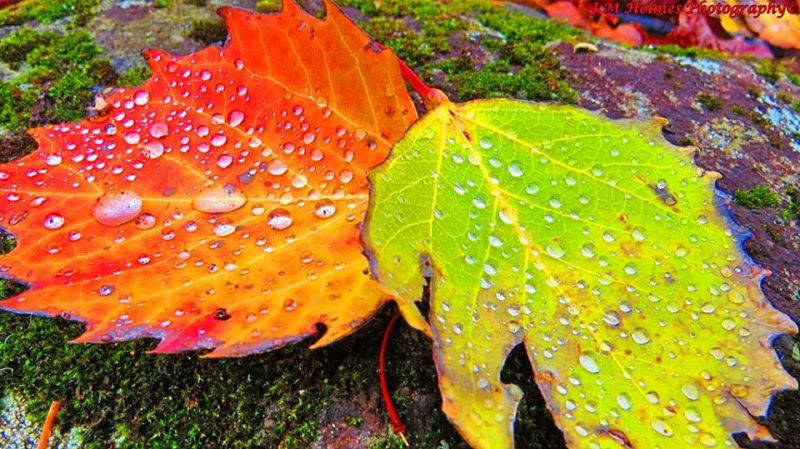During spring and summer, the green color of chlorophyll in the leaves helps plants absorb life-giving sunlight.
It hides other colors present in the leaves. The oranges and yellows of fall leaves are there, but are hidden.
During the fall in the United States and elsewhere, trees break down their nutrients and green pigments stored in their leaves. The nutrients are basically shuttled into the roots for reuse during the spring.
It’s then that trees usually take on their autumn hues.
According to Bryan A. Hanson, a professor of chemistry and biochemistry at DePauw University, when leaves lose chlorophyll, other pigments become visible to the human eye. Most of the leaves turn brown, showing that all pigments are gone.
In spring and summer, leaves serve as factories where the foods necessary for tree’s growth are manufactured.

This process takes place in the leaf in the cells that contain chlorophyll – that gives leaves their green color.
This chemical absorbs energy from sunlight used in transforming carbon dioxide and water to carbohydrates.
But during the fall, due to the changes in the length of daylight and the gradual changes in temperature, leaves stop their food-making process.
Likewise, other chemical changes also occur to form additional colors through the development of red pigments.
Likewise, some mixtures also give rise to purplish and reddish fall colors.









Comment